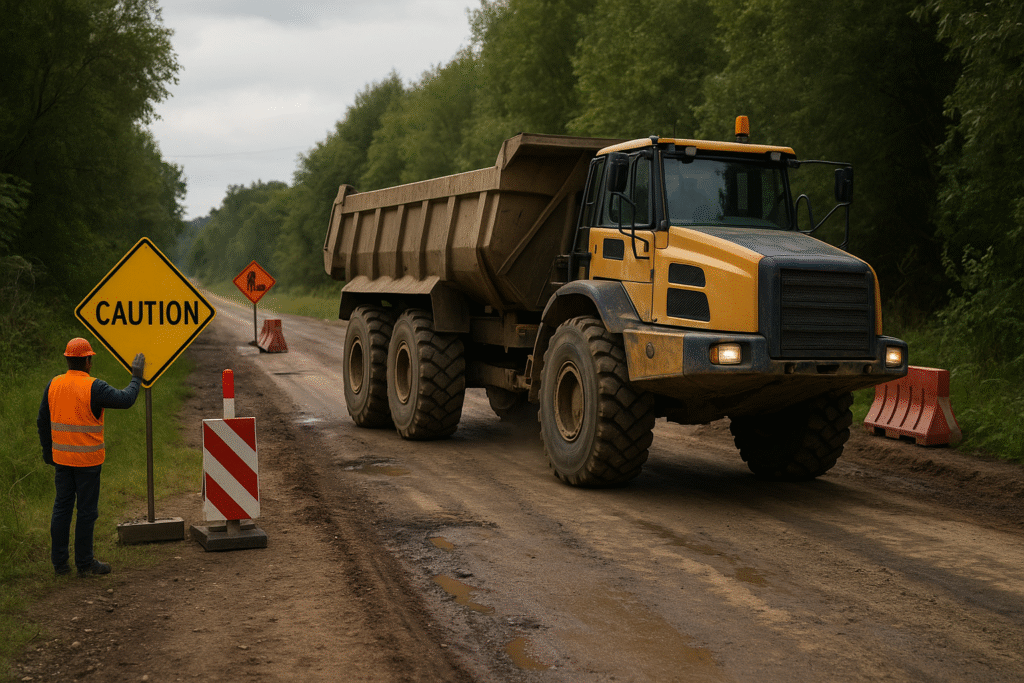FIDIC Clause 4.15 assigns all access route risks to the Contractor—learn what it means for your project, from permissions to pavement damage!

Access Route
FIDIC Clause 4.15 assigns all access route risks to the Contractor—learn what it means for your project, from permissions to pavement damage!